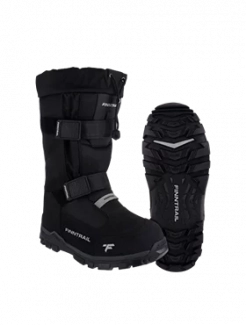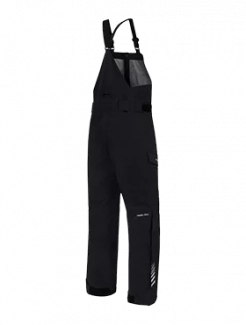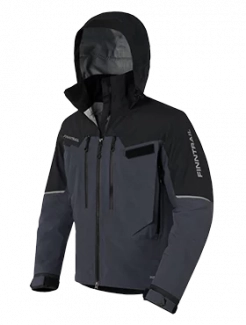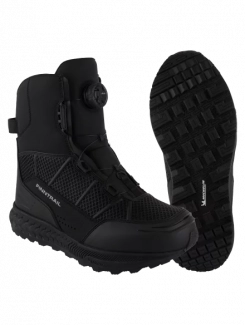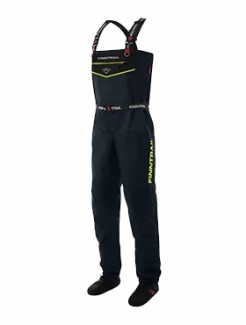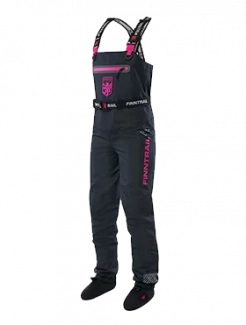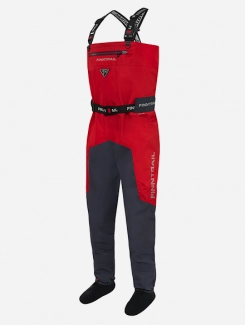How to Service CV Joints on Your ATV
They may not be talked about often, but CV joints are a crucial part of your ATV that sometimes require service. Read this post to recognize the signs of CV joint issues and learn how to service CV joints.
Why CV Joints Must be Serviced
Your ATV's CV joints connect the axle to the driveshaft and transfer the torque from the transmission consistently to the axle and the drive wheels. They give the axle a necessary flexibility and bounce to withstand the punishment of off-roading.
Like most parts of any machine, CV joints degrade with time and wear.
What Can a Bad CV Joint Cause?
A bad CV joint can reduce the ATV's steering capabilities and potentially make it uncontrollable. If you're noticing symptoms of a bad CV joint, you need to discover the cause and service the joint asap.
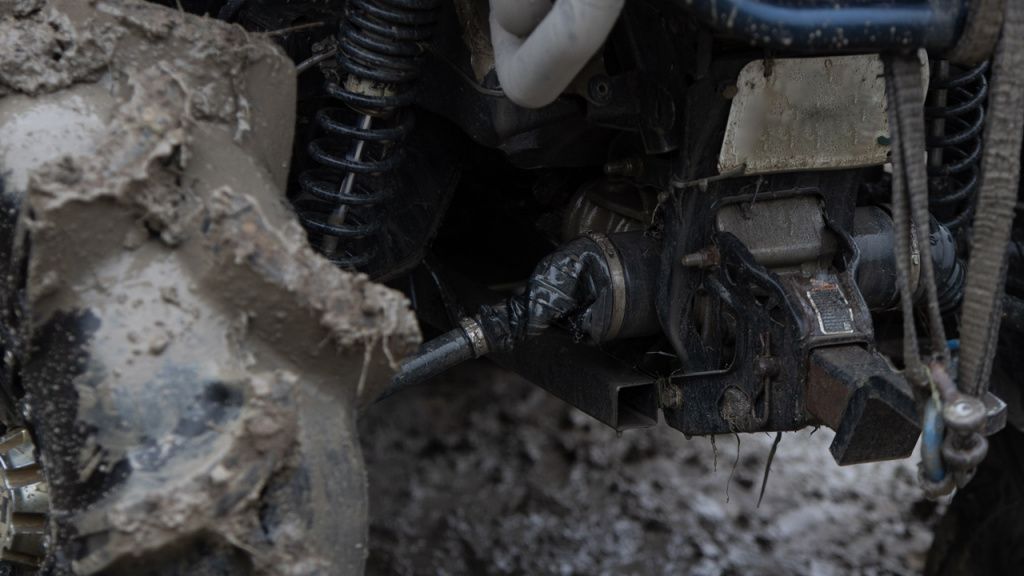
How Do I Know if My ATV CV Joint is Bad?
There may be several indicators that your ATV's CV joint is bad. You may:
- hear a clicking or popping noise when making tight turns.
- notice shuddering, clunking, or vibrating when accelerating or decelerating.
- feel unexplained changes in turning or steering.
What are the Common Procedures of CV Joints Maintenance?
If you seem to be experiencing problems with your CV joint, the first thing you or a mechanic should do is determine the exact source of the problem. Connected components could cause the same symptoms, and there could be various things wrong with your CV joint that would require different kinds of repair or a replacement.
Things you'll need
If you'll be working on your CV joint yourself, you'll need:
- paper towels
- chemical-resistant disposable gloves
- CV grease (it has to be CV grease)
- CV boot bands
- spring clip
- contact or carb cleaner
- a drift punch
- band cutters
- snap ring pliers
- a dead-blow plastic hammer
- common tools
To service CV joints
Most CV joints have metal bands that you'll have to cut off. Use the band cutters to do this. The cutters should have curved ends that will help you carefully cut the bands without damaging the boot.
Slide the boot up the axle shaft to expose the greasy inner workings of the CV joint.
Clean enough of the grease out that you can see the spring inside the CV joint. You can then remove the spring with a screwdriver.
Once the spring is out of the way, you can remove the ball bearings and race to clean and inspect them. You can reuse them if they check out okay.
Expose the snap ring and use the snap-ring pliers to very carefully remove it.
You should be able to remove the CV off the axle and remove and check the boot.
Each of the parts you removed needs to be clean and inspected for wear and damage. A tiny bit of wear is normal.
If you notice a problem, purchase replacement parts or a CV joint kit.
If everything checks out, you can put the boot and inner and outer races back on the axle. One edge of the snap rings will be sharper than the other. Make sure the sharp edge is facing the end of the axle.
Grease the ball bearings and put them back in the race. Grease the races too.
You want to use plenty of grease without going overboard. The groove ground on the axle should not be greased because the boot needs to lock into it.
Use the remaining CV grease in the bag you've opened to fill the CV cup.
Push the bearing back into the cup. This will push the grease into the places it needs to go.
If you can't see the spring-clip groove, push the grease back to expose it. A new spring-clip is usually your best bet, but if your spring has enough strength to fit firmly into the groove, you could still use it.
Clean the axle, cup, and boot with the carb or contact cleaner. You don't want grease to impair the boot's ability to grab onto the cup or it may pop off sometime while you're riding.
There should be ridges on the axle to show how far to compress the boot. You can use zip-ties to hold it in place while you work.
That was just one CV joint.
Inspecting the hub end is similar to the one you just did, but you don't have to take everything apart.
Pull the boot back and use the punch on the inner race to gently force the stub axle off the shaft.
Clean and inspect the inside of the cup without removing the inner workings.
Again, if you notice problems, buy replacement parts or a CV joint kit.
If it's fine, use your other bag of CV grease to cover all the inner workings and fill the cup.
Line the splines in the stub axle together.
Use the dead-blow plastic hammer to drive the stub back on.
Take the banding tool to make the band snug, and the bend it over and hammer the band and tabs into place. Trim the excess band off and do this on all the boot joints.
Put the axle back in place.
If you don't want to do this yourself because you don't feel comfortable or don't want to purchase the tools, you can always take the machine to the mechanic.


